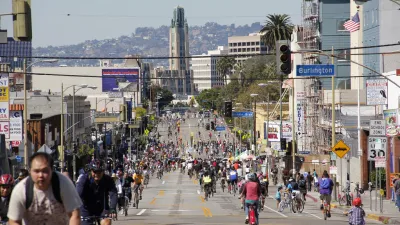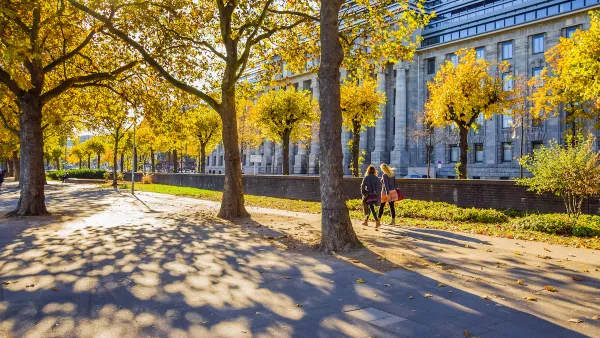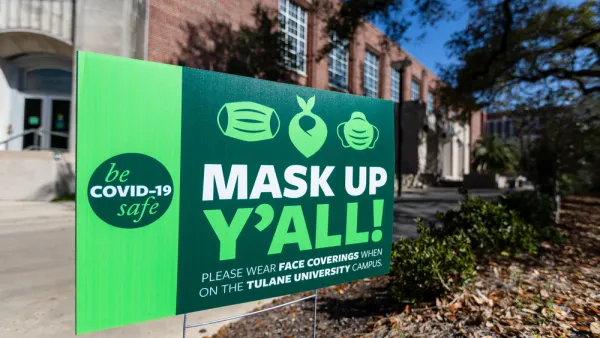The Gehl Institute's new Inclusive Healthy Places Framework is a free tool for evaluating and creating inclusive public places that support health equity.

How do we know when public space supports health, and when processes that shape public spaces are inclusive? Despite the growing evidence connecting place and health, design and physical activity, the natural environment and mental well-being, and more, there are few available resources to help planners and policymakers identify the kind of real evidence that is needed to help make decisions and fund public space projects that promote individual and community health and well-being. Similarly, though inclusion as a concept is well-discussed, there is no clear, shared working definition that can be tested and measured in design and public health practice.
The new report, Inclusive Health Places: A Guide to Inclusion & Health in Public Space. Learning Globally to Transform Locally, by Gehl Institute describes the Inclusive Healthy Places Framework, a free tool for evaluating and creating inclusive, healthy public places that support health equity.
However, not all public spaces are created or maintained equally or equitably. Nor are the neighborhoods, towns, or cities that surround them. In fact, health disparities and inequities often are correlated with such factors as limited access to and low quality of available public spaces, as well as lesser degrees of representation and participation in the process of shaping and maintaining public spaces.
About the Report
The Framework and supporting analysis presented in the Inclusive Healthy Places report and on this site represent a synthesis of research and expertise in public health and urban planning and design, with specific focus on the social determinants of health that can be viewed clearly through the lens of public space.
The Guiding Principles of Inclusive Healthy Places introduced in the report and Framework outline four distinct but interrelated areas in which public space intersects with health equity and inclusion:
Principle 1. Recognize community context by cultivating knowledge of the existing conditions, assets, and lived experiences that relate to health equity.
Principle 2. Support inclusion in the processes that shape public space by promoting civic trust, participation, and social capital.
Principle 3. Design and program public space for health equity by improving quality, enhancing access and safety, and inviting diversity.
Principle 4. Foster social resilience and capacity of local communities to engage with changes in place over time by promoting representation, agency, and stability.
FULL STORY: Inclusive Health Places: A Guide to Inclusion & Health in Public Space.

Analysis: Cybertruck Fatality Rate Far Exceeds That of Ford Pinto
The Tesla Cybertruck was recalled seven times last year.

National Parks Layoffs Will Cause Communities to Lose Billions
Thousands of essential park workers were laid off this week, just before the busy spring break season.

Retro-silient?: America’s First “Eco-burb,” The Woodlands Turns 50
A master-planned community north of Houston offers lessons on green infrastructure and resilient design, but falls short of its founder’s lofty affordability and walkability goals.

Test News Post 1
This is a summary

Analysis: Cybertruck Fatality Rate Far Exceeds That of Ford Pinto
The Tesla Cybertruck was recalled seven times last year.

Test News Headline 46
Test for the image on the front page.
Urban Design for Planners 1: Software Tools
This six-course series explores essential urban design concepts using open source software and equips planners with the tools they need to participate fully in the urban design process.
Planning for Universal Design
Learn the tools for implementing Universal Design in planning regulations.
EMC Planning Group, Inc.
Planetizen
Planetizen
Mpact (formerly Rail~Volution)
Great Falls Development Authority, Inc.
HUDs Office of Policy Development and Research
NYU Wagner Graduate School of Public Service




























